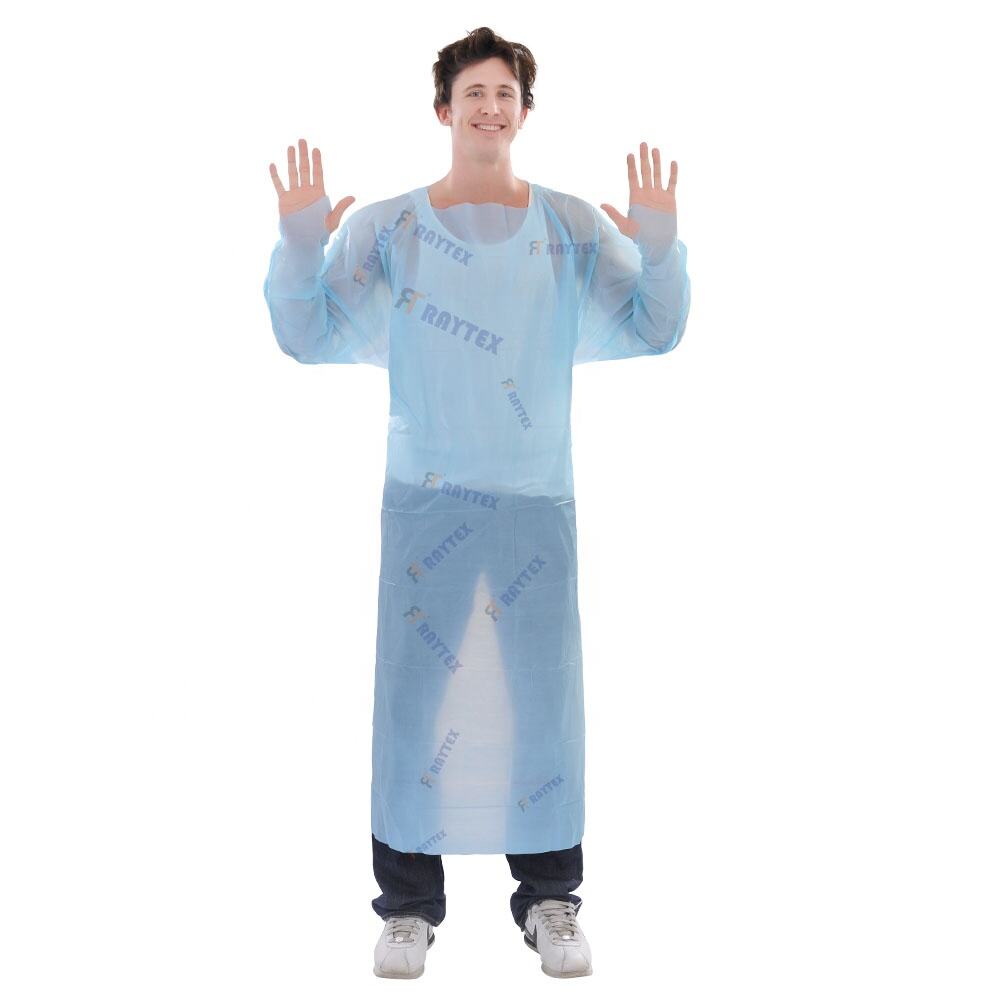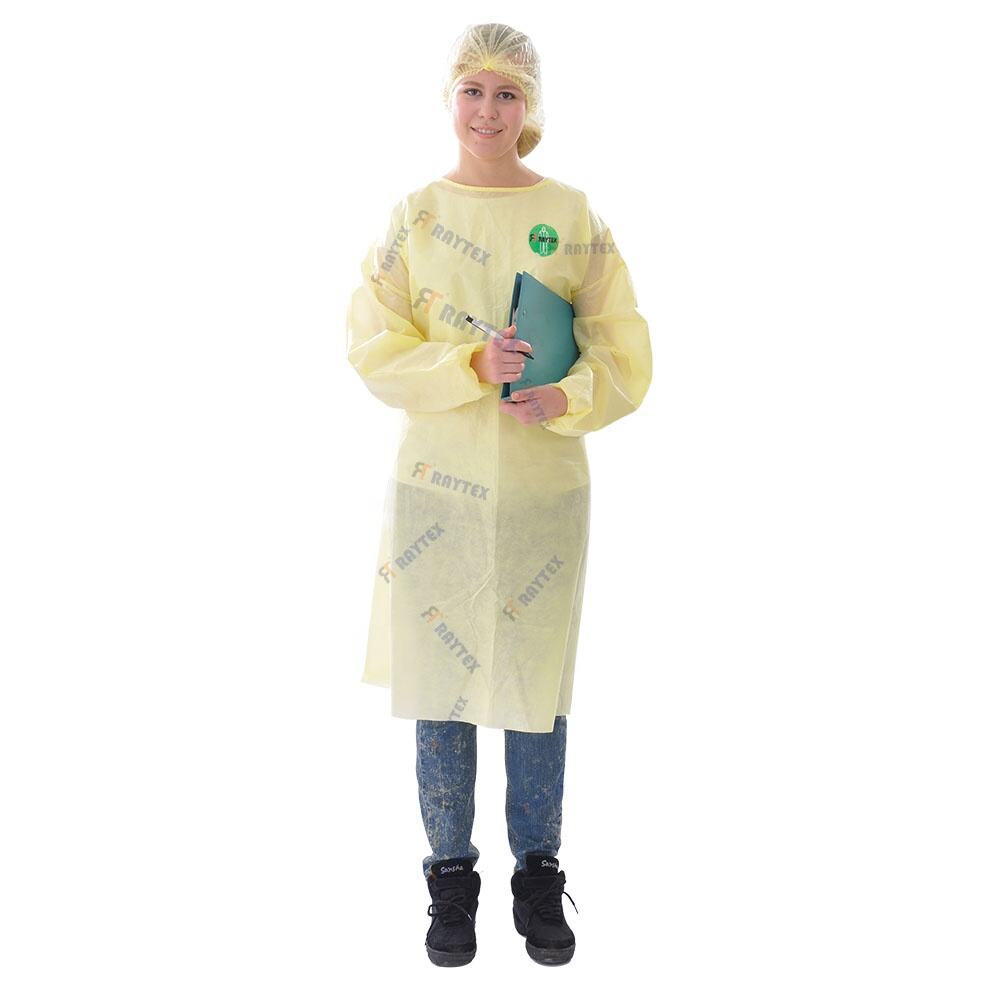Isolation gowns for environmental pathogen isolation are specialized protective garments engineered to block the spread of pathogens found in environmental sources, such as soil, water, air, and surfaces, which can cause infections like Legionnaires’ disease, Aspergillosis, or Norovirus. These gowns are designed for use in settings such as waste management facilities, water treatment plants, mold remediation sites, and public health emergency response, where workers face exposure to pathogens from non-human sources. Constructed from advanced materials like microporous film-laminated polypropylene or Tyvek, they provide a robust barrier against both liquid and airborne pathogens while maintaining breathability for extended wear in challenging environments. The design prioritizes comprehensive coverage, with features such as a full-length cut, elasticized cuffs and ankles, a hood (often detachable), and a sealed front zipper with a storm flap to prevent pathogen entry through gaps. Reinforced stitching at stress points ensures durability when navigating rough terrain or handling contaminated materials, while the fabric is resistant to tearing and puncturing—critical for avoiding exposure when working with debris or sharp objects. Many models are treated with anti-microbial coatings to inhibit the growth of bacteria and fungi on the gown’s surface, an added layer of protection in damp environments where pathogens thrive. Compliance with stringent standards is essential, with these gowns meeting EN 14126 (protective clothing against infective agents) and ASTM F2100 for microbial filtration efficiency. They are also tested for resistance to penetration by environmental chemicals, such as disinfectants used in remediation, ensuring the barrier remains intact during decontamination procedures. Disposable variants are often used in one-time remediation projects to prevent cross-contamination between sites, while reusable options are designed to withstand autoclaving or chemical sterilization that kills environmental pathogens like mold spores and bacteria. Beyond protecting workers, these gowns play a role in containing pathogens to prevent community spread, particularly during outbreaks linked to environmental sources. For example, during a Norovirus outbreak traced to contaminated water, gowns worn by response teams prevent the virus from hitchhiking on clothing to new locations. By integrating these gowns into safety protocols, organizations minimize the risk of occupational infections, ensure regulatory compliance with OSHA and EU EHS directives, and contribute to public health efforts to control environmental disease vectors.


